
Global Inequality
A New Approach for the Age of Globalization
Recommendation
Income and wealth distribution has long been a neglected topic in the field of economics. Economists and political leaders once took for granted that capitalism and globalization would ultimately benefit everyone. It is now clear that this is not the case. Drawing on vast amounts of data, economist Branko Milanović corroborates the growing sense that the gap between rich and poor is widening. Milanović, who approaches his subject dispassionately and without ideological bias, continues to view capitalism as the most effective way of lifting countries out of poverty. He also considers economic growth to be a prerequisite for wealth creation. Nevertheless, he warns that growing inequality poses a real threat to democracy. While he presents the scientific data on inequality at great length, he gives only brief consideration to solutions on how the dynamics that drive inequality might be reversed. His case for open borders, however, leaves a lot to think about. Milanovic’s authoritative book makes for a technical but compelling read for politicians, economists and anyone who wants to understand the forces driving inequality.
Summary
About the Author
Branko Milanović is a senior scholar at the Luxembourg Income Study Center and a visiting professor at the City University of New York.








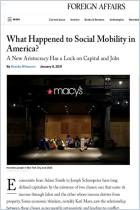

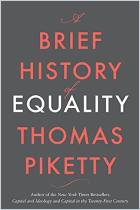
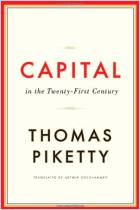
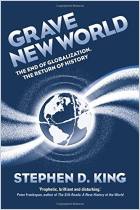
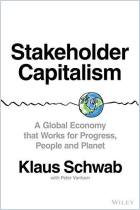
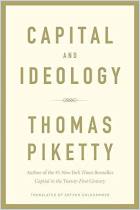
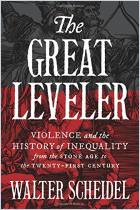



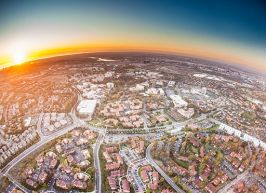
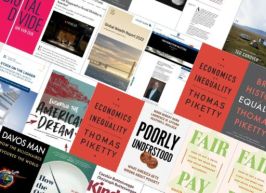


Comment on this summary